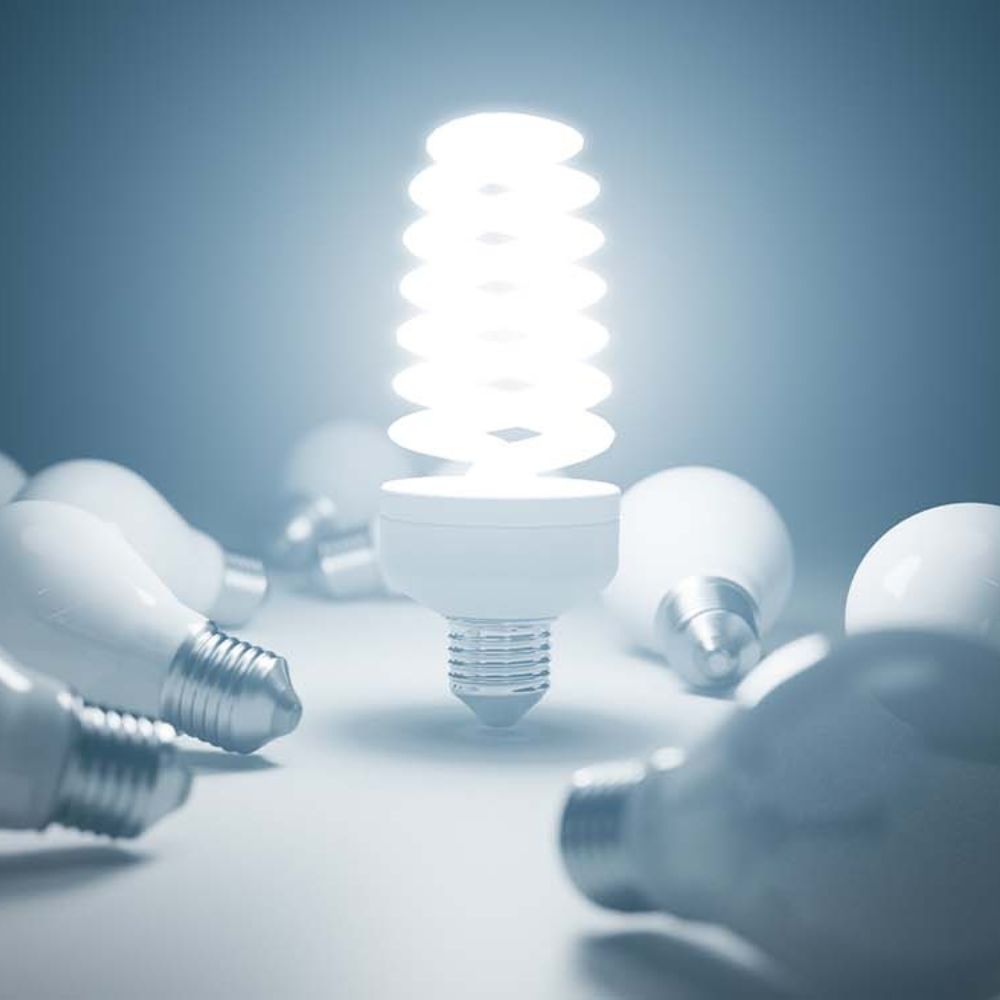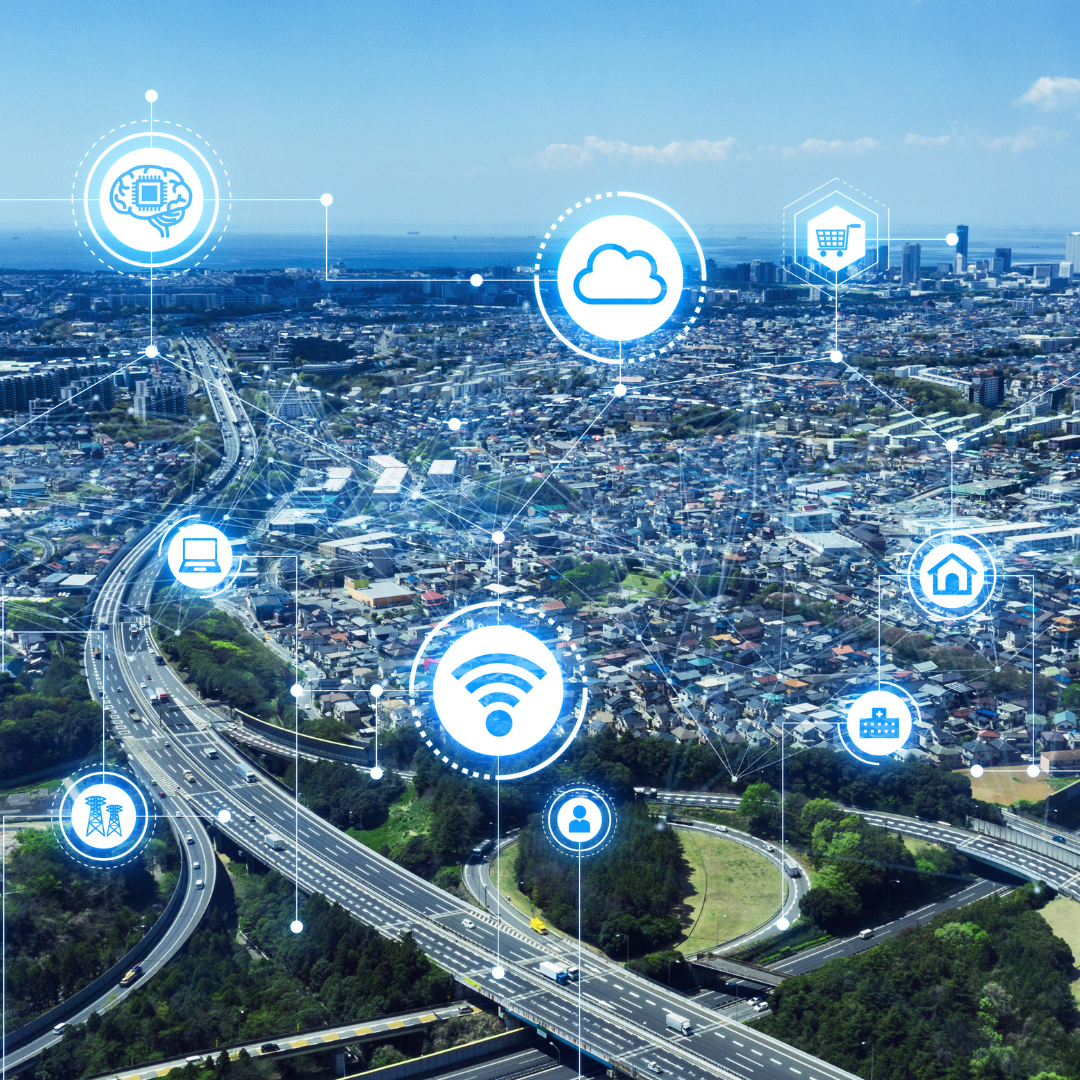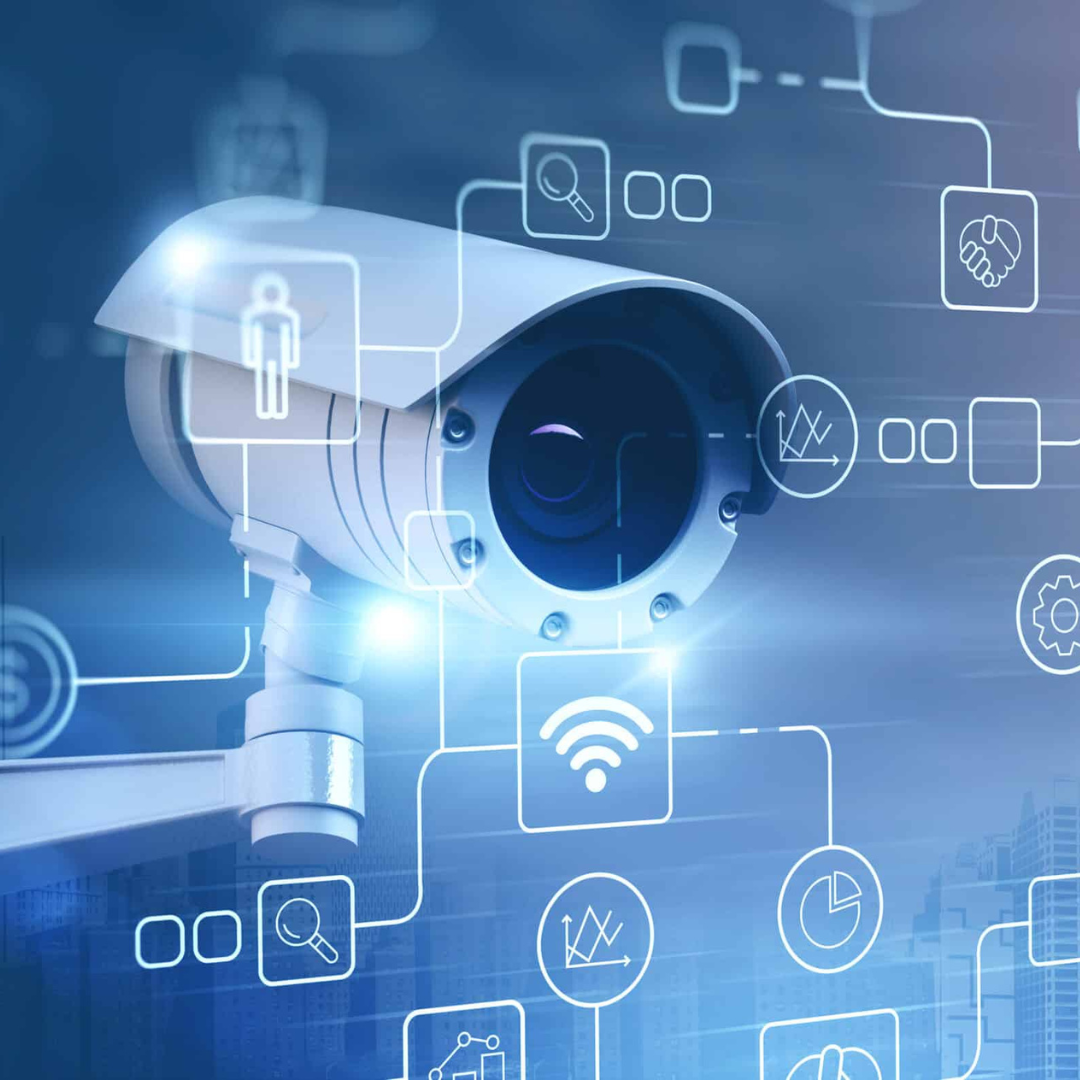Why Energy-Efficient Lighting Is Vital and How It Saves You Money
2022-09-12 12:57:29

Did you know your company could be overspending on its energy bill? Running a business is expensive, and companies must consider the many hidden costs. While there are numerous ways your business can save money, one of the easiest is the type of lighting it uses.
By using energy-efficient lighting, one can cut down on costs and improve the team's productivity.
Keep reading to see how your company can save money and how Daisy Business Solutions can help.
What Is a Non-Energy Efficient Lightbulb?
While there are two main types of lightbulbs, most people do not know the difference. The first type is an incandescent lightbulb. These kinds of bulbs classify under the "non-energy-efficient" category. While incandescent's have been around the longest, they are inefficient in terms of value, showing a higher wastage of energy conversion to light and a far shorter lifespan than their more modern counterparts.
History
The incandescent is the first lightbulb to have been invented. British researchers, around 1835, began working on incandescent light. However, this proved a complex and expensive endeavour that scientists could not quite figure out for the following 40 years.
In 1879 Thomas Edison discovered a combination of factors that, when combined, produced a lightbulb that could run for a total of 1,200 hours. His discovery was a massive leap from what scientists had achieved until then. By utilising a bamboo filament and a better vacuum system, Edison formulated a plan that worked to produce light for longer and revolutionised all of society. Soon, people created companies solely to sell and distribute incandescent light. Houses and businesses would no longer be lit by candles but by electric light.
How it Works
But how exactly does an incandescent bulb work, and why is it not considered energy-efficient lighting?
Light from this kind of bulb results when an electric current passes through a piece of metal called a filament, producing heat. The filament heats up more and more until it glows and generates light. Filaments are made of tungsten, a material chosen because of its high melting point.
These lightbulbs are relatively cheap, costing about three times less than their energy-saving counterparts. While more affordable upfront, they cost you more money to use in the long run. Incandescent bulbs typically are only good for about 1,000 hours, which, if used for 5 hours a day, seven days a week, is less than a year.
These bulbs are not energy efficient because they only convert about 10% of their electricity into light. The other 90% of energy is used for heating the filament, effectively wasting that energy.
What Is an Energy-Efficient Lightbulb?
An energy-efficient lightbulb, in contrast to an incandescent, works very differently. When looking to save money, choosing an LED lightbulb is the obvious choice.
History of LED bulbs
LED bulbs were first invented at the beginning of the 20th century by a gent named Oleg Lesev. He published his findings in 1927, but it was not until 1962 that LEDs took off.
That year, a man named Nick Holonyak created the first red LED, also the first LED that was visible to the human eye. Holonyak worked at General Electric, the company created by Thomas Edison.
Over time, people increasingly incorporated LEDs into different products such as circuit boards for computers, calculators, and items similar in nature. It wasn't until around 2002 that LEDs became more mainstream and were used to light residential and commercial establishments. LEDs became increasingly popular as time passed, and today have almost replaced incandescent bulbs completely.
How LED Works
An LED, "light-emitting diode," works very differently than an incandescent. A diode is a basic form of a semiconductor, which is key to how LEDs work. Instead of electricity passing through a filament in a vacuum, LEDs transmit electrons through a semiconductor.
As these electrons move about in the semiconductor, they release photons that produce light. While it is true that all diodes release photons, LED lightbulbs are different because they emit more significant quantities of diodes, which is also why they are so effective.
Why Should You Switch to Energy Efficient Lighting?
The cost of running a business today is so high that finding creative ways to save money has become necessary if you're to keep overheads to a minimum. When faced with money issues, many companies will immediately change their staffing, cutting hours and even laying off workers. But, by finding ways to save money now, you can potentially avoid having to resort to such drastic measures.
There are countless advantages to using LEDs over incandescent lights, but one of the easiest ways to save money long-term is to switch your lightbulbs from incandescent to LEDs. LEDs will immediately reduce the amount of electricity you use for lighting by about 80%. This massive lowering of costs will help your business thrive in challenging times.
While incandescent lights last for about a year, LEDs have a much longer lifespan and can last as long as 20 years. While LED lighting costs a little more upfront than incandescent, you will buy far fewer LEDs and save money in the long run.
Yet another advantage of LEDs is that they are better for the environment and will increase your business's green footprint because by the time LEDs need replacing, you would have already disposed of dozens of incandescent lights. Also, since LEDs require less energy than incandescents do to function, humans burn less coal to use them. By switching your business to LED lighting, the monthly amount you spend on energy consumption will decrease.
Using LED lighting also brightens up the workplace! This lighter and brighter environment, in turn, increases workplace productivity and can massively improve employee morale. These human elements are vital factors when considering switching to LED lights.
A Smart Switch
As you can see, ensuring your business has the best type of lighting is essential. By choosing energy-efficient lighting, you will reduce energy bills, improve lighting for your employees, and have less of an impact on the environment.
If you'd like an intelligent lighting solution for your company and to start saving money today, contact our team, and we'll help your business switch to energy-efficient lighting.


